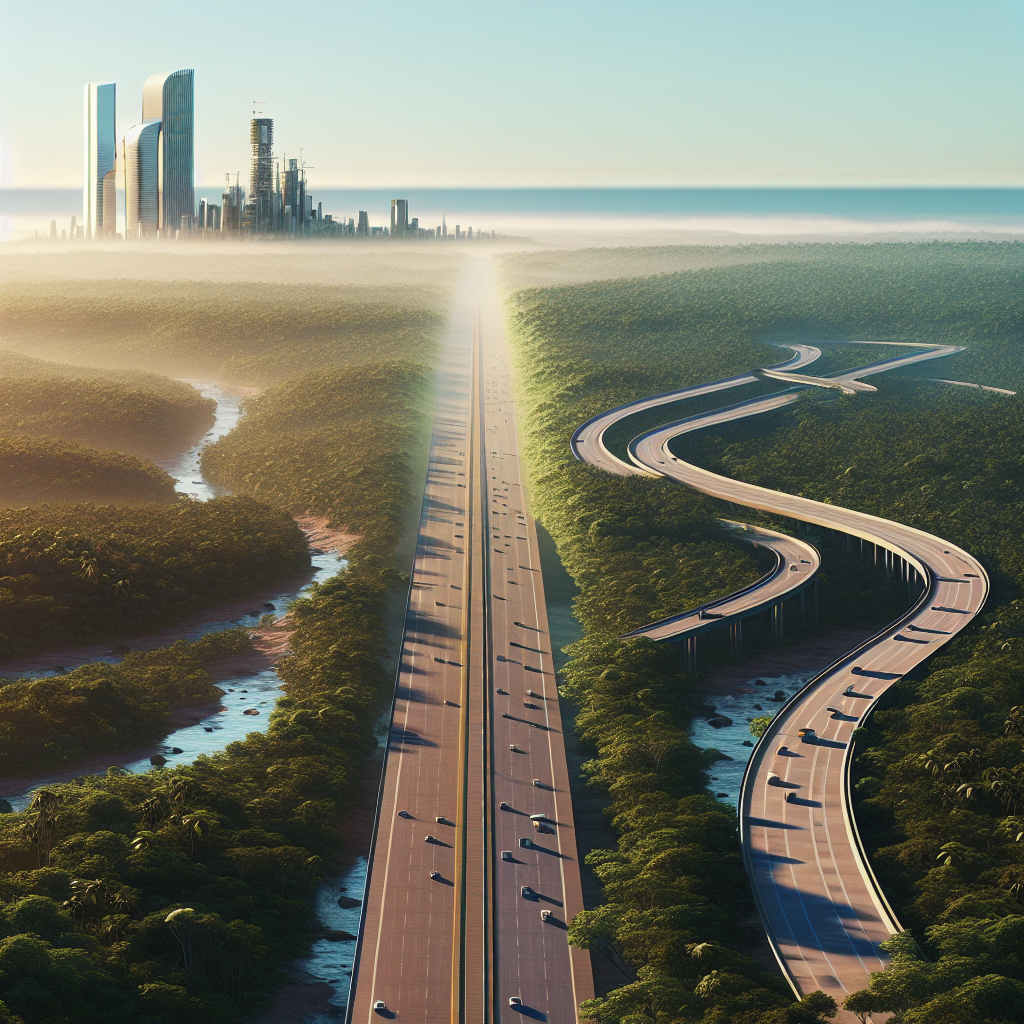Picture this: a road that seems to stretch endlessly under the South American sun, staring into the heart of Paraguay. This is Route 9, also known as the Trans-Chaco Highway, a crucial artery that slices right through the country’s rugged landscape. Constructed back in the 1960s, this road connects Paraguay’s capital, Asunción, with the Bolivian border, weaving through about 750 kilometers of history, culture, and modern-day struggles.
Route 9 is not just about distance. It’s a lifeline and a symbol of connectivity for many remote communities. Winding through the arid Chaco region, it has witnessed the ebb and flow of Paraguay’s developmental tides. Despite its importance, traveling Route 9 can be a challenging affair. This road has long cried out for better infrastructure, a fact well-known to locals who often face its frustrations firsthand. Yet, it stands as a testament to resilience, both from the government trying to maintain it and the people who depend on it every day.
From a political angle, Route 9 sparks debates around infrastructure funding and rural development. The Paraguayan government has periodically attempted to revitalize this road, often with mixed results. Navigating the political landscape can be as tricky as the pothole-ridden path itself. In a broader sense, Route 9 embodies the friction between urban priorities and rural necessities. How do you balance attention and resources between bustling cities and distant outposts? This road is often where these debates play out, with stakeholders batting ideas around like match points in a tennis game.
Economically, Route 9 isn't just a road, it's a conduit for commercial activity. Transportation of goods along this route can make or break regional businesses. For entrepreneurs in the agri-business and cattle industries, every twist and turn of Route 9 affects their bottom line. Maintaining this economic engine is crucial to Paraguay’s rural livelihood, yet addressing the infrastructure needs requires financial resources that are perpetually stretched thin.
Route 9 is also a cultural tapestry woven with various indigenous communities residing along its expanse. These groups often have a love-hate relationship with the road, seeing it as both a gateway to other worlds and a reminder of challenges close to home. Economic opportunities provided by the road can help sustain these communities, yet rapid modernization can also threaten their traditional lifestyles. The delicate balance between embracing development and preserving cultural identities is a dance that plays out daily along Route 9.
From an environmental perspective, Route 9 presents unique challenges and opportunities. The Chaco region, with its diverse ecosystems, is under constant threat of deforestation and environmental degradation. The expansion and maintenance of Route 9 have sparked concerns among conservationists. There’s a pressing need to implement sustainable practices that can safeguard the natural beauty of Paraguay's hinterlands. Environmental voices argue for responsible development, ensuring that the ecological footprint of Route 9 doesn't overshadow its golden potential.
Technological strides also have the potential to transform Route 9. While many might believe digital advancement belongs in the cities, it can, in fact, revolutionize rural areas. Improved GPS systems, digital mapping, and mobile connectivity could overtime improve safety and comfort for travelers. Those advocating for tech-driven solutions see opportunity where others may only see dusty trails.
When thinking about Route 9, it is important to consider these perspectives together. The road is more than just concrete and tar. It is a living illustration of Paraguay's local and national identities, of struggles and aspirations intersecting. It forces a re-evaluation of priorities and pushes for innovative approaches that balance human, economic, and environmental needs.
In the heart of South America, Route 9 may seem like just a line on a map. But it’s a vibrant narrative of determination and dreams, reminding us that progress is a journey, not just a destination.

